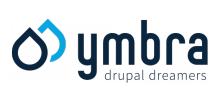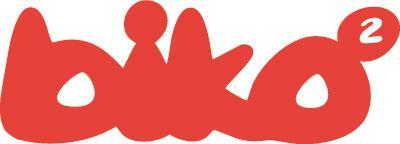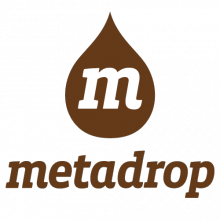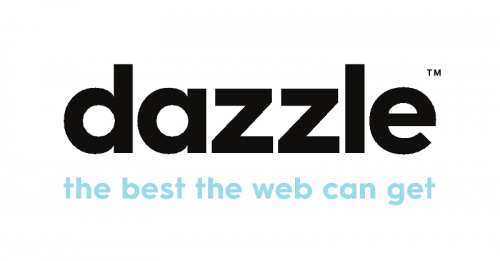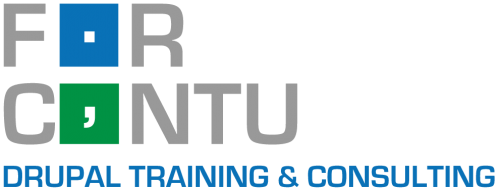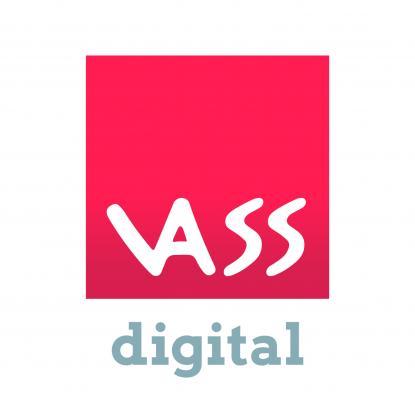Drupal 8's new and improved multilingual tools open a world of translation capabilities for users. In fact, the majority of Drupal 7's contributed multilingual modules have been replaced with just a few Drupal core modules - making D8 more multilingual out of the box.
Drupal 8 is a great platform to work with not only because it is so multilingual capable out-of-the box, but also because you can easily expand while maintaining the translatability of your data. Drupal 8’s multilingual core offers a robust multilingual foundation, making the integration process much more seamless.
The massive improvements of Drupal 8 for multilingual features and APIs allowed us to provide better support than with previous releases of Drupal or any other CMS on the market. In this session, we will show how to build your entities and fields so they can be easily translatable with the Core translation capabilities.
We’ll also touch on a contrib module that expands the multilingual functionality of Drupal 8, the Lingotek Translation contrib module. The Lingotek module integrates Drupal with Lingotek's automated, cloud-based translation management system (TMS) to offer Drupal users professional-grade translation tools from directly within Drupal.
In this presentation, you will learn about:
- how to write an entity,
- how to make your content entities translatable in Drupal 8,
- how to write a field,
- how to make your fields translatable in D8, and how you can leverage Lingotek's services to expand the already impressive multilingual capabilities of D8.
The session is targeted to developers with some experience with multilingual sites in Drupal 7, but developers without this experience can still find it interesting.




